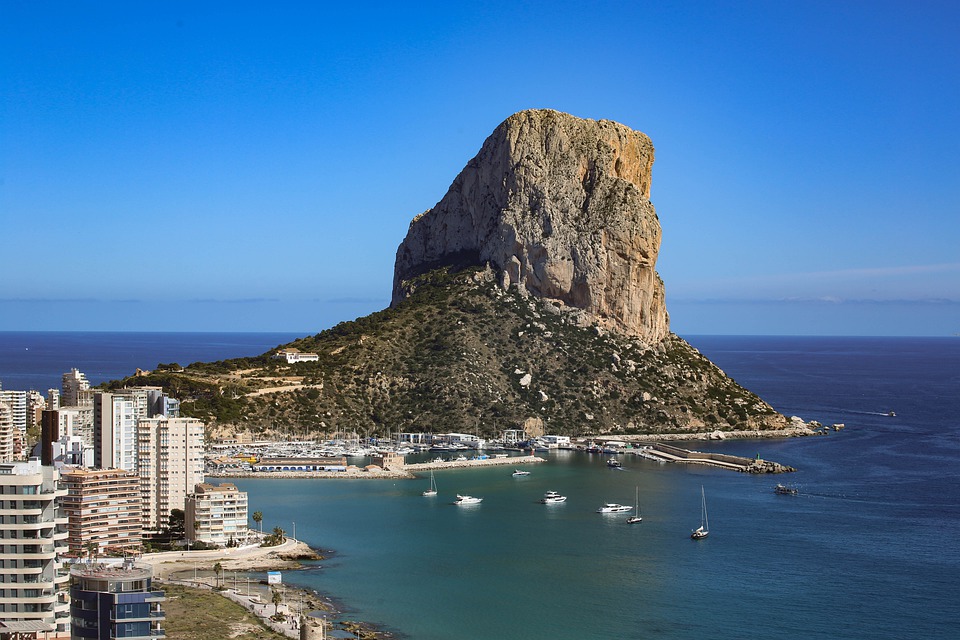What Is Political Climate?
The term political climate refers to the prevailing mood, attitudes, and opinions regarding politics within a specific country or region at a given time. It encompasses the general sentiment towards government actions, political leadership, policies, and current events. Understanding the political climate is crucial as it shapes social dynamics, influences policy decisions, and reflects the overall state of a nation or community.
Importance of Understanding Political Climate
Recognizing the political climate is essential for several reasons:
– Shaping Social Dynamics: The political climate can influence societal behavior and interactions, affecting everything from community engagement to social movements.
– Policy Decisions: Elected officials and policymakers often consider public sentiment when crafting laws and regulations. A supportive political climate can facilitate progressive reforms, while a hostile one may hinder them.
– Overall State of a Country: The political climate can serve as an indicator of stability or unrest within a country, impacting everything from economic performance to international relations.
Factors Influencing Political Climate
Several key factors influence the political climate:
– Government Actions: Policies and decisions made by elected officials can significantly impact public perception. For instance, tax reforms or healthcare policies can shift public opinion dramatically.
– Social and Economic Issues: Topics like unemployment, inequality, education, and immigration often dominate political discourse and shape how citizens view their government’s effectiveness.
– Public Opinion: The attitudes of voters, shaped by polling data, media coverage, and grassroots movements, play a vital role in determining the political landscape.
– Media Influence: Both traditional media and social media can amplify certain narratives or sentiments, influencing public perception and engagement.
– International Events: Global crises or diplomatic tensions can affect national sentiments towards foreign policy and international relations.
– Historical Context: Recent events or ongoing legacies—such as wars or significant social movements—can shape the current political climate.
Political Climate in Different Contexts
Political climates can vary significantly based on societal conditions:
– Polarized Political Climate: In such environments, society is divided along ideological lines, leading to confrontational discourse. An example is the U.S. during the 2020 election cycle, characterized by sharp divides on issues like immigration and race relations.
– Cooperative or Stable Political Climate: This occurs when there is broad consensus on key issues, allowing for collaborative governance. Countries like Germany often exemplify this through coalition governments that prioritize consensus-building.
– Unstable or Volatile Political Climate: Marked by rapid changes in public sentiment due to crises such as economic downturns or corruption scandals. Nations like Venezuela have experienced significant shifts in their political climates amid instability.
Impact of Political Climate on Society
The political climate has far-reaching effects on various aspects of society:
– Public Policy: The mood around politics directly affects how laws are created and implemented. A supportive climate can lead to progressive reforms while a negative one may reinforce conservative stances.
– Political Participation: A charged political environment can either motivate citizens to engage more actively in elections and activism or lead to widespread apathy.
– Business and Economy: Business confidence often correlates with the political climate; favorable conditions can encourage investment while instability may deter it.
– Social Movements: Movements such as Black Lives Matter are often responses to prevailing political climates that reflect public dissatisfaction with government actions or societal issues.
Changing Political Climates
Political climates are not static; they evolve due to various influences:
– Election Cycles: Elections can serve as turning points that reshape public sentiment based on outcomes.
– Protests and Social Movements: Large-scale activism can shift the political landscape by altering public opinion and influencing policy decisions.
– Crisis Events: Economic crises, natural disasters, or pandemics often lead to rapid changes in the political climate as governments respond to new challenges.
Political Climate vs. Political System
It is important to distinguish between political climate and political system:
– Political Climate: Refers to the day-to-day mood surrounding politics; it can change frequently based on current events or social issues.
– Political System: Describes the structural framework through which government operates (e.g., democracy vs. authoritarianism). While more stable than the political climate, both concepts influence each other significantly.
FAQs
1. What is meant by political climate?
– The political climate refers to the general mood and public sentiment surrounding politics at a specific time.
2. What factors shape the political climate?
– Key factors include government actions, public opinion, media influence, social issues, international events, and historical context.
3. How does the political climate affect elections?
– It influences voter opinions on candidates and parties, often leading to shifts in power based on prevailing sentiments.
4. Can the political climate change quickly?
– Yes, it can shift rapidly due to crises or significant government actions that alter public sentiment.
Conclusion
Understanding the political climate is vital for grasping how it shapes policy outcomes and societal dynamics. Citizens, businesses, and governments must remain attuned to these changes to anticipate shifts effectively and respond appropriately.

Kyle Whyte is a notable scholar and professor at the University of Michigan, holding positions such as the George Willis Pack Professor in the School for Environment and Sustainability and Professor of Philosophy. Specializing in environmental justice, his work critically examines climate policy and Indigenous peoples’ ethics, emphasizing the nexus between cooperative scientific endeavors and Indigenous justice. As an enrolled Citizen Potawatomi Nation member, he brings a vital perspective to his roles as a U.S. Science Envoy and member of the White House Environmental Justice Advisory Council. His influential research is supported by various prestigious organizations including the National Science Foundation, and disseminated through publications in high-impact journals. Kyle actively contributes to global Indigenous research methodologies and education, with affiliations to numerous institutes and societies dedicated to traditional knowledge and sustainability. Recognized for his academic and community engagement, Kyle has earned multiple awards and served in various visiting professorships. His efforts extend to leadership positions on boards and committees focused on environmental justice nationwide.
